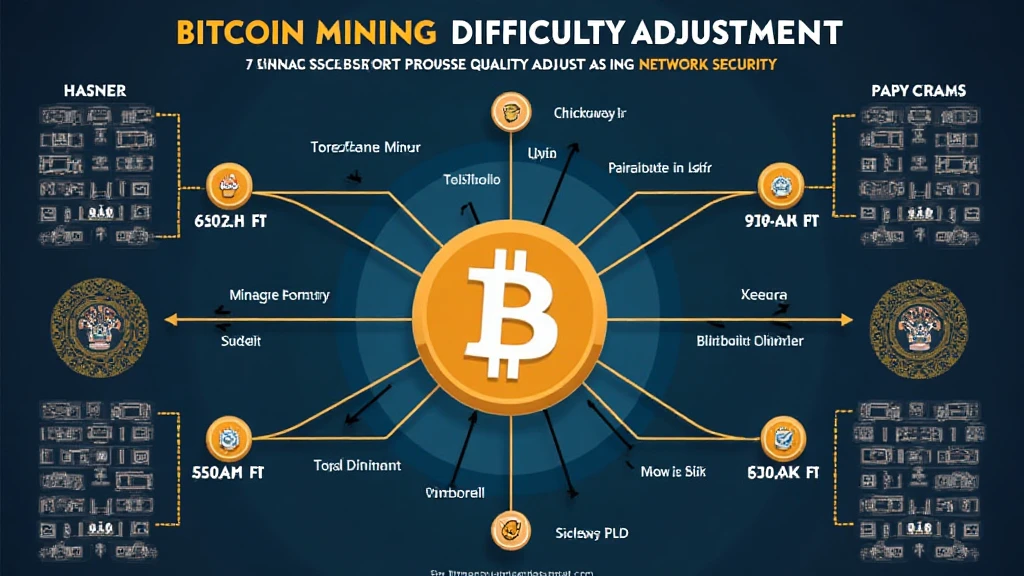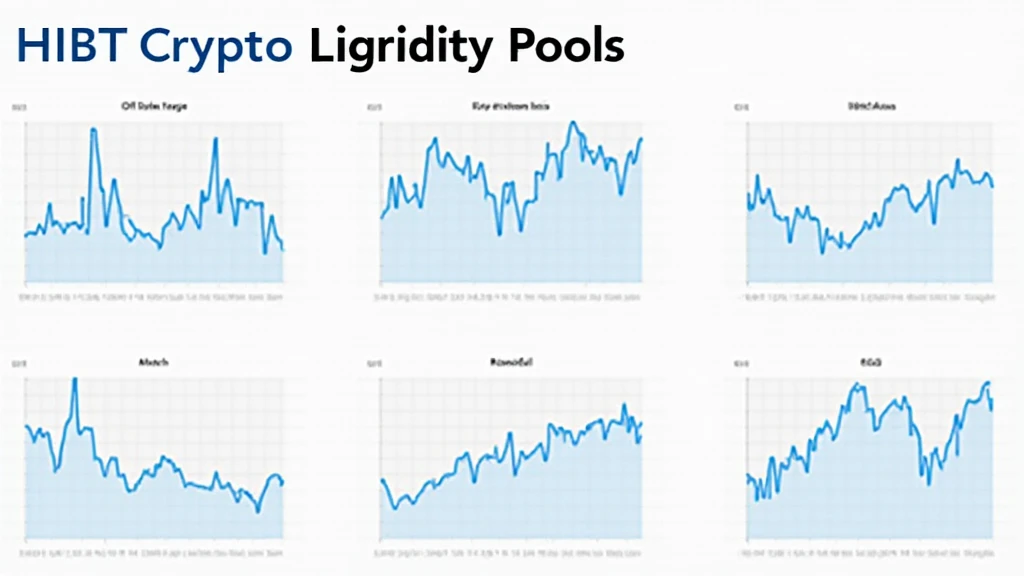Bitcoin Mining Difficulty Adjustments: Understanding the Dynamic Landscape
With a staggering 10.4 million Bitcoin wallets active as of December 2023, understanding the complexities of Bitcoin mining difficulty adjustments is more crucial than ever. These adjustments significantly influence mining profitability, miner participation, and the overall health of the Bitcoin network.
What are Bitcoin Mining Difficulty Adjustments?
Bitcoin mining difficulty adjustments are periodic changes that affect how hard it is to find a new block in the blockchain. Every 2016 blocks (roughly every two weeks), Bitcoin’s network recalibrates the difficulty level to ensure blocks are produced approximately every 10 minutes. This process is akin to adjusting the speed on a conveyor belt to keep things moving smoothly.
- Purpose of Difficulty Adjustments: To maintain the average time between blocks at about 10 minutes.
- Mathematical Algorithm: The difficulty is adjusted based on how fast the previous 2016 blocks were mined.
- Network Hash Rate: As more miners join, the hash rate increases, causing a rise in difficulty.
Why are Difficulty Adjustments Important?
Understanding difficulty adjustments is vital for any serious participant in the Bitcoin ecosystem. Here’s why:

- Profitability Impact: Changes in difficulty can significantly affect mining profitability. Higher difficulty means that more computational power is needed to mine Bitcoin or earn rewards.
- Network Security: Adjustments are crucial to maintaining the security and integrity of the blockchain. Too many miners leaving or entering can create vulnerabilities.
- Market Sentiment: Fluctuations in mining difficulty can impact public perception and investor confidence in Bitcoin.
How Does Mining Difficulty Impact Profitability?
As the difficulty of mining increases, it can lead to several ramifications for miners:
- Increased Operational Costs: More energy and resources are needed to solve complex mathematical problems, which can lead to lower profit margins.
- Equipment Strain: Increased difficulty can lead to faster wear and tear on mining equipment.
- Market Reaction: If miners decide to shut down their equipment due to unprofitability, it can create volatility in Bitcoin’s value.
Real-World Example of Difficulty Adjustments
According to hibt.com, in early January 2024, Bitcoin’s mining difficulty was adjusted up by 5%, reflecting increased network hash rates. This change meant that miners had to invest more in resources to achieve the same level of income as before.
The Future of Bitcoin Mining in Vietnam
Vietnam’s crypto market has shown remarkable growth, with user adoption in cryptocurrencies increasing by 48% from 2022 to 2023. This increases the likelihood of more mining operations opening in the region, emphasizing the need for understanding Bitcoin mining difficulty adjustments.
- Investment Opportunities: As local interest grows, mining operations and pools may sprout, pushing local miners to stay updated on adjustments.
- Government Regulations: With an increase in mining, the Vietnamese government may impose regulations that affect the feasibility of mining operations.
Conclusion
In summary, Bitcoin mining difficulty adjustments play a pivotal role in enhancing the stability and security of the network while impacting miners’ profitability. Those engaged in mining must remain vigilant about these adjustments to ensure they can adapt and thrive in an ever-evolving market landscape. With the growth of crypto in Vietnam, understanding these dynamics becomes even more crucial for current and future miners.
(Not financial advice. Consult local regulators).
For further insights and updates, visit cryptocoinnewstoday.





